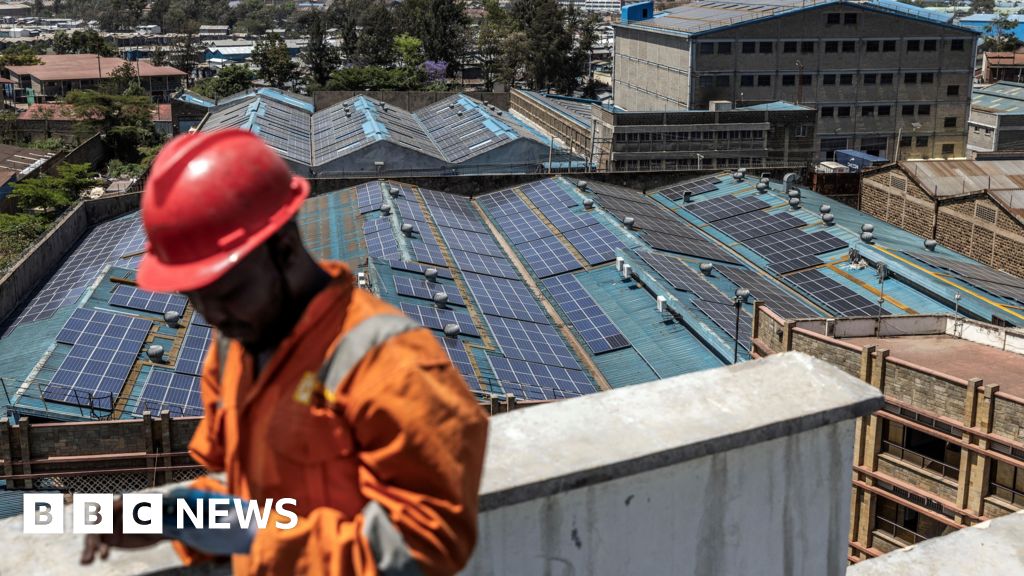KennyG
Elite Member
I think you misunderstood the post. We often see that a certain location got 100% of it's electricity from renewables for an hour or a day. That happens. However, you will then find that that area got 30% or 40% of energy for the year from renewables. The other 60% or 70% had to come from fossil or nuclear sources that are reliably available at any time. As a result (because maintenance can be scheduled for low demand times) a mix of these fossil or nuclear sources could have provided 100% of the demand without a need for renewables. However, since they actually are allowed to produce less power, they become less economic.I don’t follow the argument. Do you actually believe that any sane person has proposed getting 90% of our power from wind? Are you under some impression that we get such a large fraction of our energy from any single source, today?!?
Take anything to the point of absurdity, and you can make an argument against it, but that doesn’t make for intelligent conversation.
Let's put it in tractor terms. Let's say you can rent a tractor for $100 a day. You can get a job that reimburses you $10 an hour for equipment use and takes 10 hours a day. However, Joe, the owners brother in law has a bulldozer and he gets to do 4 hours of the work. Now you can only get paid for only 6 hours of work and you lose money.
We often see that renewables are cheaper than other sources. However, you very seldom see any explanation of the basis for that conclusion. Windmills and solar cells are cheaper on an installed megawatt capacity basis than any other option. However, when you look at actual power generated, they only generate about 1/3 the annual production of fossil or nuclear sources. Also, inherent in installation of renewables is the need to install and maintain reliable other sources which are then underutilized. The cost of that unused backup capacity is never considered in the cost of renewable energy. In economic terms this is an externality that should be included.


